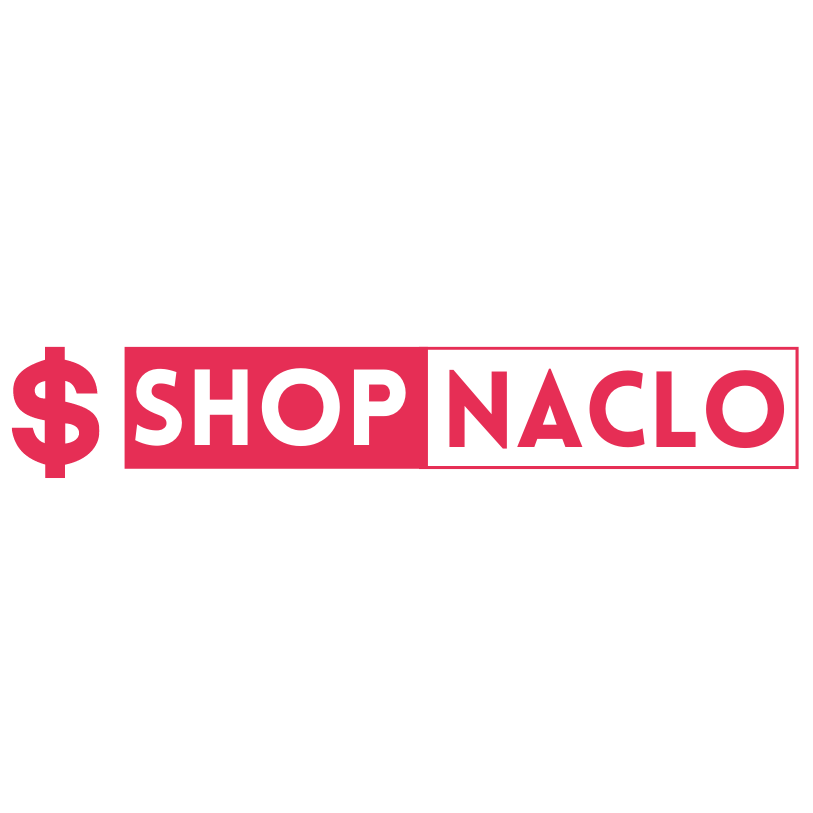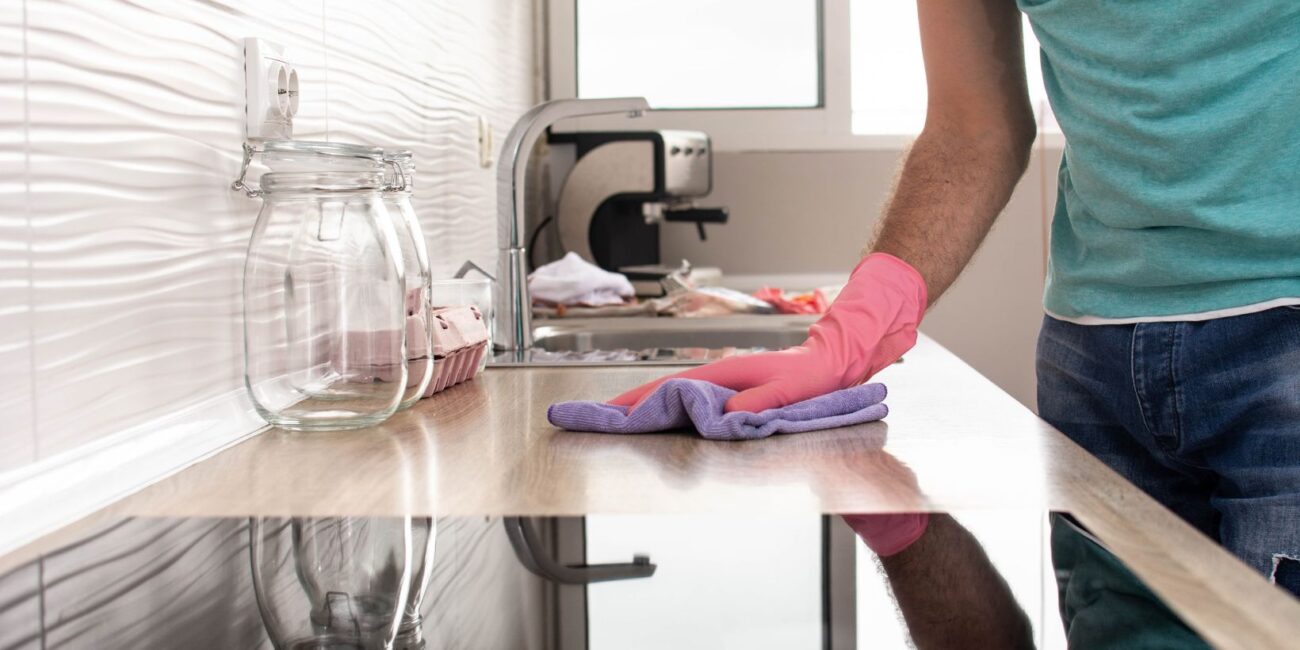Modern life moves fast yet many of us are learning to slow down, simplify, and live with purpose. From the products we choose to the routines we keep, the movement toward intentional living is about being aware of what we consume, how we spend our time, and how we respond when life surprises us. That’s why learning something as simple yet powerful as CPR and first aid training can fit perfectly into a mindful lifestyle. It’s not about expecting emergencies, it’s about creating calm through readiness.
The Overlooked Side of Minimalism: Preparedness
Minimalism is often associated with empty countertops and curated wardrobes, but at its core, it’s about clarity. It’s removing what’s unnecessary to make space for what truly matters. Preparedness is one of those quiet essentials.
Just like keeping your home free from clutter, being prepared simplifies life in unseen ways. It replaces worry with understanding, and panic with presence. When you have the tools and knowledge to help whether it’s handling a small injury or staying calm during an emergency you create peace of mind that no product can replace.
It’s a skill that complements the minimalist philosophy: do less, but do it well.
Learning to Care in a Disconnected World
We live in a time when connection is instant but often superficial. Taking time to learn a skill that supports others like CPR and first aid restores something deeply human: empathy in action.
It’s easy to think care belongs in hospitals, yet real care begins in the everyday spaces we live in. A neighbor feeling faint, a child scraping a knee, or a friend in distress these moments remind us how capable we can be when we act instead of freeze.
Training in these life skills becomes an act of compassion, not just competence. It’s another way to live with intention, to contribute meaningfully beyond our personal circles
Building Confidence Through Calm
What makes a calm space truly calming isn’t just its color palette or design it’s the energy of the people within it. Knowing how to respond in unexpected situations doesn’t just help others; it strengthens your own confidence.
Much like practicing mindfulness or decluttering a chaotic closet, first aid and CPR training clears internal clutter and the what ifs that linger in the back of your mind. When you know how to help, uncertainty becomes clarity. And that calm carries into every part of your life — from how you parent to how you travel, work, and rest.
The Beauty of Practical Skills

There’s a quiet kind of beauty in knowing practical things. Repairing something instead of replacing it. Cooking instead of ordering in. Learning to breathe through a stressful moment instead of reacting to it.
CPR and first aid belong in that same philosophy; they’re practical, timeless, and deeply empowering. They require no screens, no subscriptions, and no trend cycles. Just human presence and a willingness to help.
It’s the kind of knowledge that adds meaning to minimalism not another thing to own, but something to embody.
A Sustainable Kind of Care
Sustainability isn’t just about what we buy, it’s about how we live and what we give back. When we take responsibility for ourselves and others, we create communities that feel supported and resilient.
Think of it this way: sustainable living begins with sustaining life. Taking a few hours to learn how to respond in an emergency is one of the simplest, most lasting investments in humanity you can make. It’s a kind of care that doesn’t deplete if it multiplies.
Final Thoughts: Living Prepared, Living with Purpose
Intentional living isn’t about perfection it’s about awareness. It’s about making choices that align with your values, from the clothes you wear to the energy you bring into a room.
By learning practical, life-saving skills, you bring mindfulness into motion. You turn calmness into confidence, and awareness into action.
Because a truly peaceful home isn’t just quiet it’s prepared. And a mindful lifestyle isn’t just about beauty, it’s about compassion, readiness, and the small, human moments that give life its depth.



